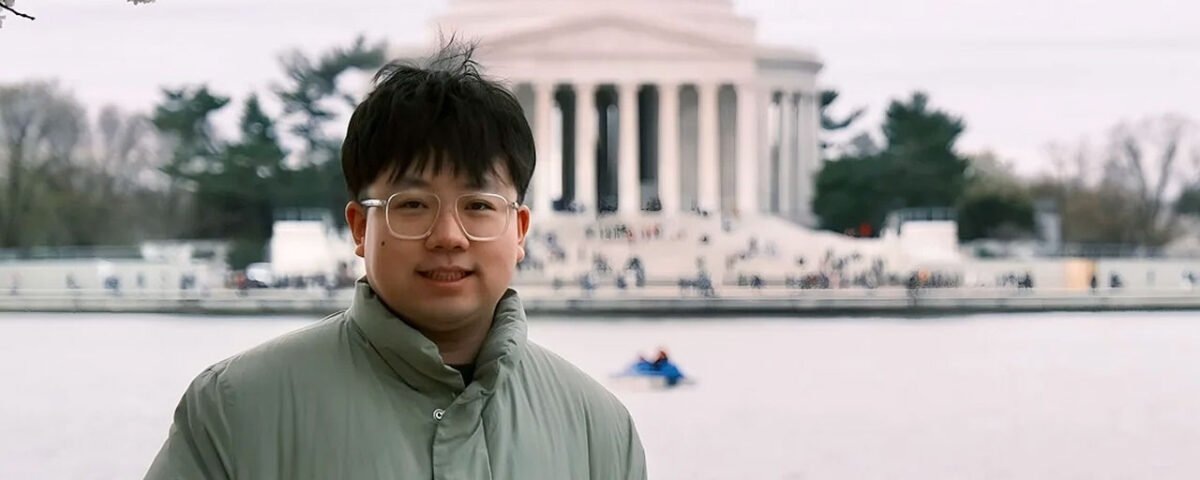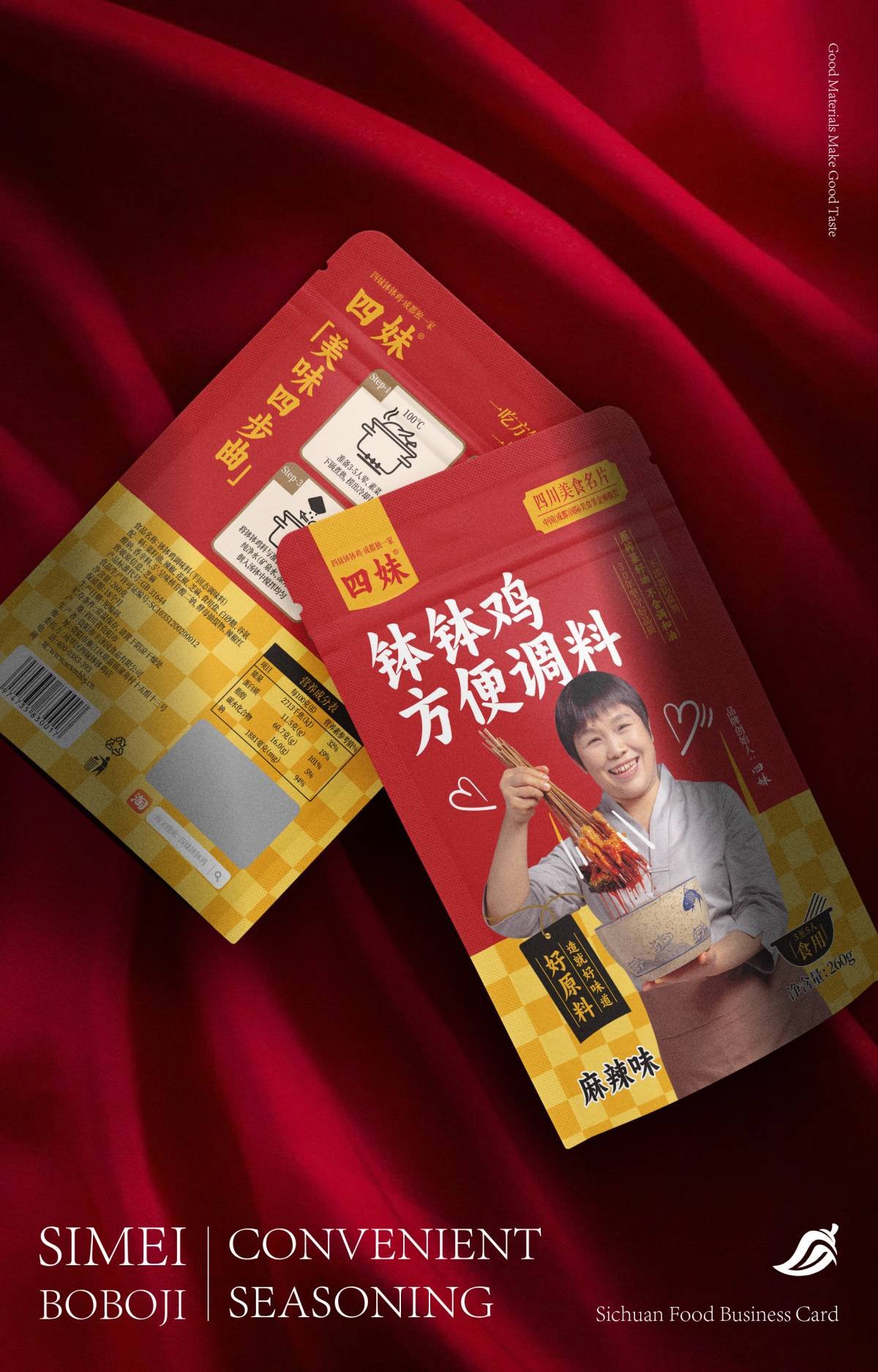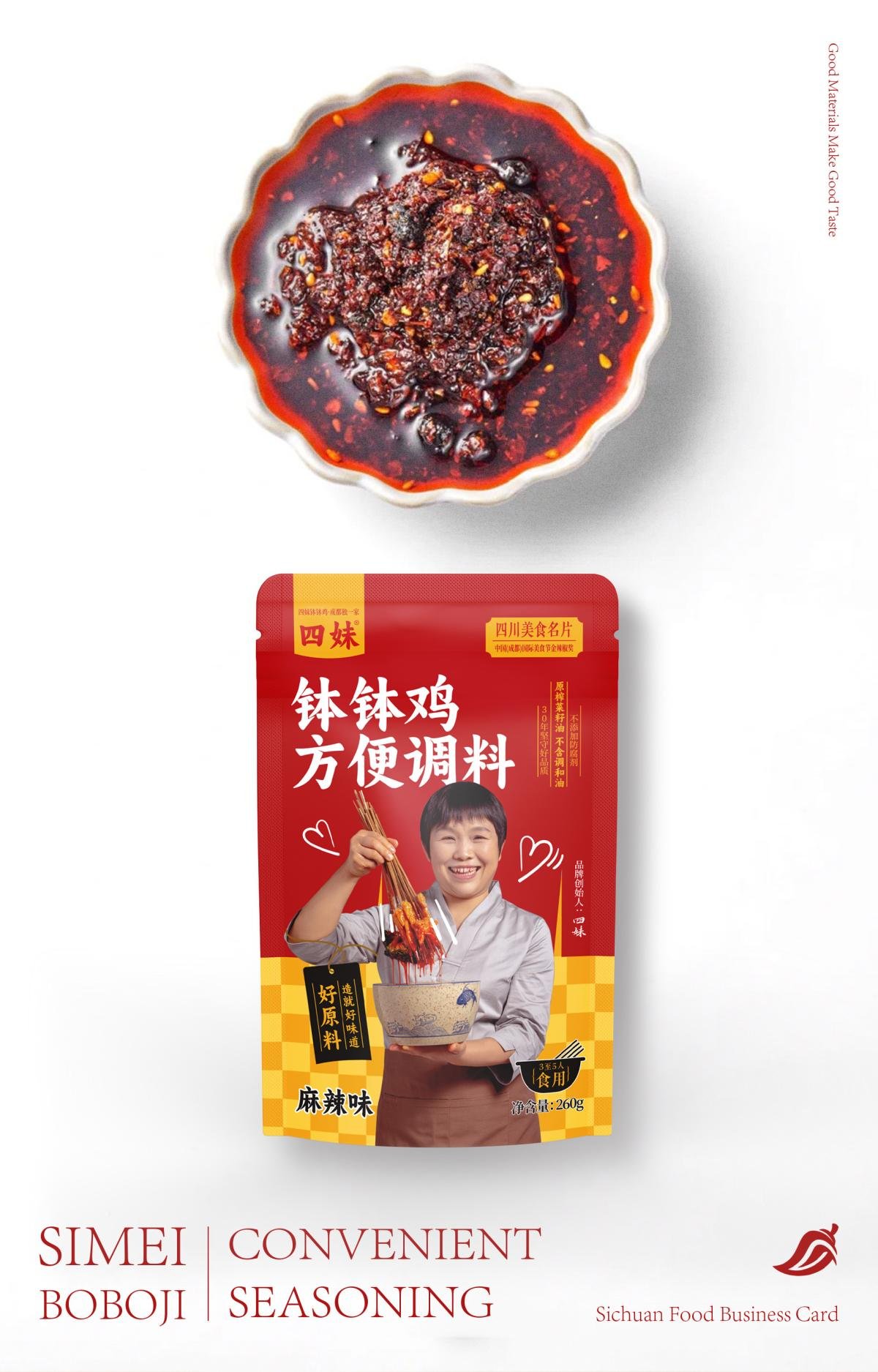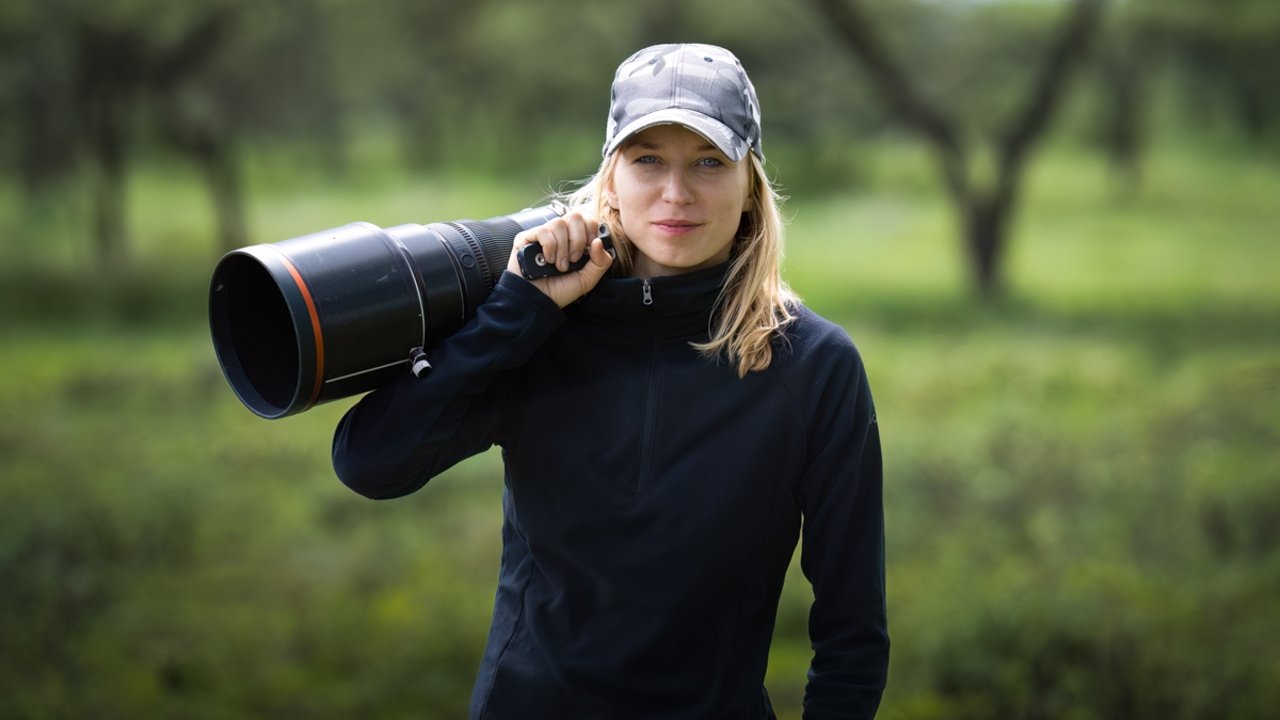
Designing Secure Futures: AI, Cloud, and the Vision of Selva Kumar Ranganathan
September 1, 2025
Ashish Dibouliya Shares His Role in Transforming Regulatory Burden into Business Value with Data & AI
September 1, 2025Zhang Long
With expertise spanning interaction design and business, Zhang Long is a product designer who creates meaningful experiences across digital and physical platforms. His recent achievements include helping Si Mei Food, a heritage food brand, expand into the US, blending cultural storytelling with design innovation.
Hi, I am Zhang Long, a multidisciplinary product designer with a background in interaction design and business. I have experience working on both technology products and consumer brands. Most recently, I helped a heritage food brand successfully enter the US market.
I was drawn to design because it transforms ideas into experiences that people can feel, while also telling stories that carry culture across borders. I enjoy overseeing the entire process—from user research and market strategy to branding identity and, most importantly, product experience design. This passion inspires me to think creatively and bring imagination to a wide range of products and audiences.
Coming from a background in tech product design, my first experience in graphic packaging design for a physical retail product was with Si Mei Bo Bo Ji. Being recognized by the NY Product Design Awards is both validating and humbling for me. This acknowledgment reassures me that my decision to transition into consumer retail was the right one, while also reminding me that there is still much to learn.
Packaging design involves very different constraints compared to software, including regulations, materials, shelf visibility, lighting, and shopper behavior. Translating UX principles to the grocery aisle presents both challenges and exciting opportunities. This experience not only confirms my efforts but also motivates me to continue expanding my skill set.
The award has expanded my understanding of design in various ways. I have been able to explore the core products of Si Mei Bo Bo Ji more deeply, learning new methods of thinking and appreciating the significance of a design mindset.
For me, packaging design closely resembles UX design; it involves testing for shelf visibility, conducting quick customer feedback sessions, and crafting experiences that align with both stakeholders' and customers' expectations.
Career-wise, this experience has opened doors to more opportunities in consumer packaged goods design and inquiries from food brands driven by cultural heritages. This journey has consistently reminded me that design is not just about the tools; it's about understanding the product, the experience, and the users. Retail products share similarities with UX design, and embracing these differences has made me a more creative designer.
Experimentation is the foundation of my design process. I start by prototyping early concepts and then test them with both stakeholders and target customers. In the context of consumer packaged goods design, this involves creating print mockups and 3D renders, conducting quick "3-foot/30-foot" shelf tests, and performing five-second comprehension reads to evaluate the information hierarchy, aesthetics, and brand awareness. We then observe users' reactions to the different design mockups.
This approach allows me to gain a deeper understanding of the retail experience and decision-making. Based on the feedback collected, I can refine the design to increase its chances of success. While mockup-driven experimentation requires upfront investment, it delivers clearer market insights and improves our chances of retail success.
An unusual source of inspiration can be found in observing successful product designs outside of the consumer packaged goods sector. I researched and analyzed how successful brands in various cultures communicate trust, origin, and features at first glance.
Through this process, I gained insights into how design elements such as information hierarchy, color logic, and compelling storytelling vary across different countries and product categories. This exploration not only enhanced my design skills but also deepened my understanding of the impact that cultural aesthetics have on the product purchasing experience.
Great design is fundamentally a business system, not just visually appealing graphics. The best visuals don't always guarantee sales—what truly drives success is the integration of marketing insights and user decision-making into the design process.
I wish more people understood that effective design requires thorough research, precise problem framing, and real-world testing. My process begins with gathering insights about users and channels before creating any visuals.
From there, I formulate hypotheses, develop prototypes, and conduct A/B testing to validate shelf visibility, information hierarchy, and conversion rates. When design and marketing operate as a unified system, we can influence purchasing behavior rather than merely creating aesthetic appeal.
I've learned that upfront collaboration is the key to balancing client expectations with creative vision. Rather than getting caught up in subjective debates, I prioritize evidence over ego by converting opinions into testable hypotheses.
My process starts with collaborative kickoff meetings where we define success metrics and constraints together. I then developed two prototype tracks - one reflecting the client's initial preferences and another based on my design recommendations. Through quick testing against our agreed KPIs, we let the data guide our decisions.
While this approach requires time investment in alignment workshops, detailed briefs, and testing plans, it shifts our conversations from debate to data. This creates a true partnership where clients feel genuinely heard, I can stay true to the creative intent, and the business achieves measurable results. It transforms what could be a tug-of-war into a collaborative journey toward the best solution.
My biggest challenge was my lack of knowledge about the visual standards of consumer packaged goods, specifically understanding what looks appealing on a shelf compared to what looks good on a screen. To tackle this issue, I conducted structured and detailed discovery sprints. I reviewed leading brands in the category, interviewed shoppers and buyers, and created mock tests to assess the product experience.
Through this process, I gained valuable insights into CPG constraints, including labeling requirements, bilingual copywriting, print processes, and retailer guidelines. Next, I developed multiple prototypes and conducted quick tests using techniques such as in-store intercepts and A/B testing with thumbnails for e-commerce. Ultimately, I successfully brought the product to the US market after the rebranding.
Learning is my most effective strategy for overcoming creative blocks. When I feel stuck, I transition into research mode. I study successful products in various categories, analyze what makes them effective, and conduct "master studies" by recreating and remixing design patterns within my project constraints.
I also reconnect with real users and buyers to gather fresh perspectives that often lead to unexpected solutions. This structured approach to learning transforms obstacles into opportunities for growth. Instead of forcing creativity, I allow curiosity and exploration to naturally generate momentum, turning small insights into prototypes that reignite my creative flow.
Cultural respect and market understanding are at the core of my design philosophy. In an era of rising isolationism, design should serve as a bridge for cultural exchange and understanding. I'm committed to representing cultures authentically—honoring their visual languages, stories, and traditions—while translating them into formats that resonate with diverse audiences.
This is particularly important in food CPG, where products carry cultural narratives. My designs aim to preserve authenticity while facilitating cross-cultural dialogue, using design as a medium to dignify cultural heritage and spark meaningful conversations about our shared human experiences.
Cultivate a design mindset, not just tool proficiency. Software evolves constantly, but your ability to frame problems, think systematically, and empathize with users is what truly enables great design. Approach every brief as a hypothesis to test, not merely a canvas to decorate.
Never let uncertainty or lack of knowledge paralyze you—courage and curiosity are your best tools for navigating the unknown.
Keep learning relentlessly, talk to real users, and run experiments until your work performs. Remember that as designers, we have the power to make the world more imaginative and colorful through continuous learning and the boldness to explore new possibilities.
Frank Gehry. His ability to transform abstract concepts into buildable systems—from loose sketches to cardboard models to digitally engineered structures—while preserving the original poetic vision is extraordinary. This balance between creative ambition and practical constraints is precisely what I strive for in branding and product design.
Gehry's design philosophy emphasizes the importance of preserving conceptual integrity through various iterations, stakeholder negotiations, and technical limitations. This represents the ultimate design skill: the capacity to understand abstract ideas and translate them into successful real-world solutions.
Collaborating with him would sharpen my ability to hold bold concepts steady through complexity, ensuring the final work remains both imaginative and functionally successful.
"Why did you transition from UX design to CPG graphic design when most designers move in the opposite direction?"
I made this switch because I wanted my work to have a tangible impact on everyday life, not just exist within screens. While tech products scale rapidly, they often remain confined in information bubbles. CPG design forces me to bring human elements into physical moments—a split-second shelf decision, a family recipe, a brand story shared across generations.
I still apply my UX mindset—research, hypothesis testing, iteration—but now to packaging design, retail guidelines, and cross-cultural storytelling. This is where I feel my impact is most significant: translating complex ideas into simple, honest products that people encounter in the real world, and creating experiences that extend beyond digital interfaces into the fabric of daily life.
Winning Entry
Si Mei Bo Bo Ji Seasoning Pack | 2025 NY Product Design Awards
Si Mei Bo Bo Ji is a famous seasoning brand for Chengdu street food. It constitutes a special part of Sichuan cuisine not well known outside its native place. Unlike common Chinese condiment packs like the spicy hot pot, the optimal use of Bo Bo Ji seasoning requires different culinary... (read more here)
Zhang Long
With expertise spanning interaction design and business, Zhang Long is a product designer who creates meaningful experiences across digital and physical platforms. His recent achievements include helping Si Mei Food, a heritage food brand, expand into the US, blending cultural storytelling with design innovation.
Read more about designs in The Art of Long-Term Thinking: Insights from Minwoo Choi here.







